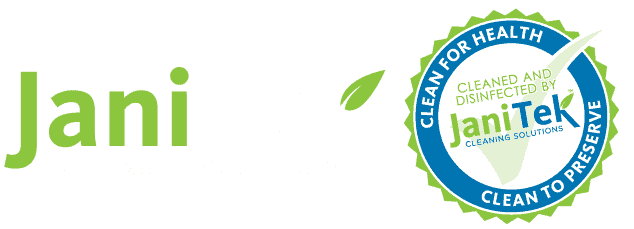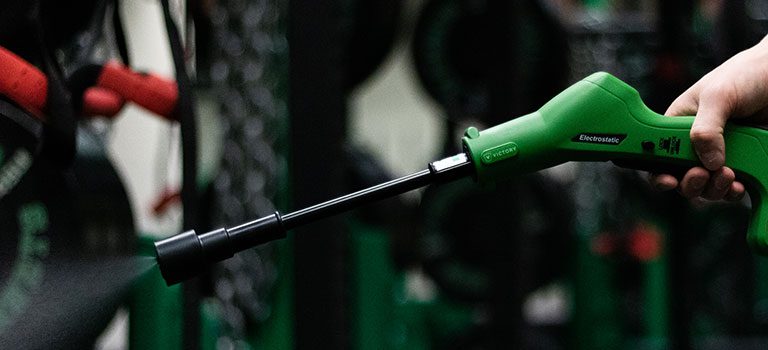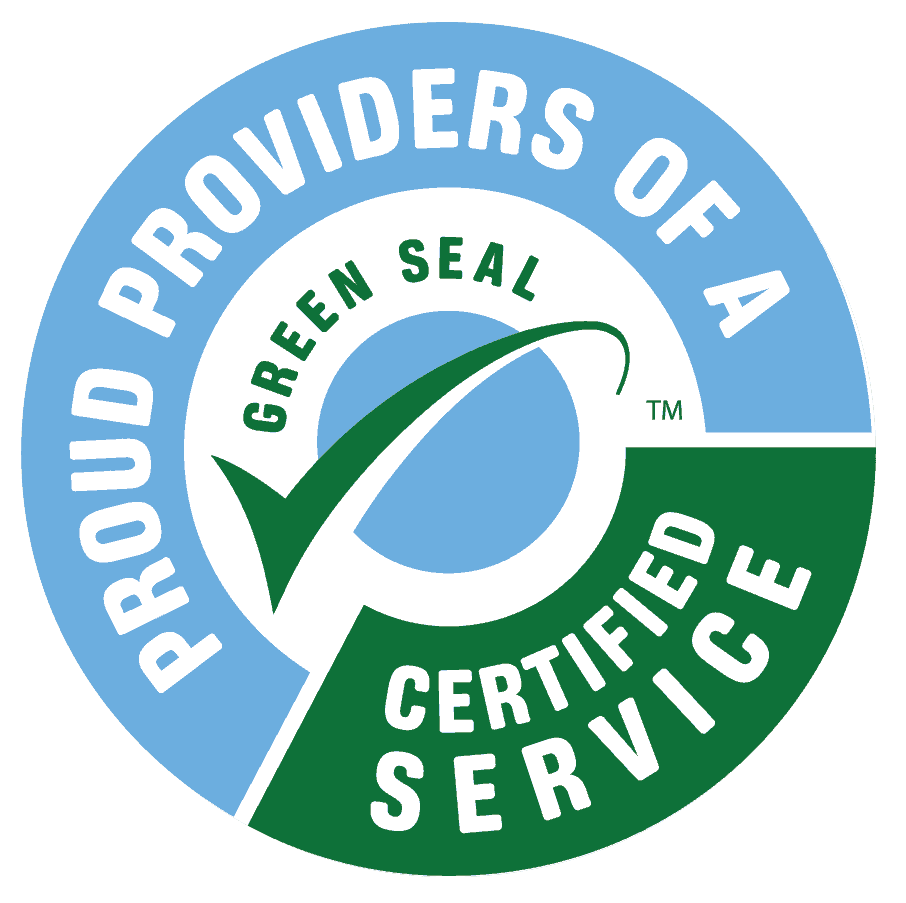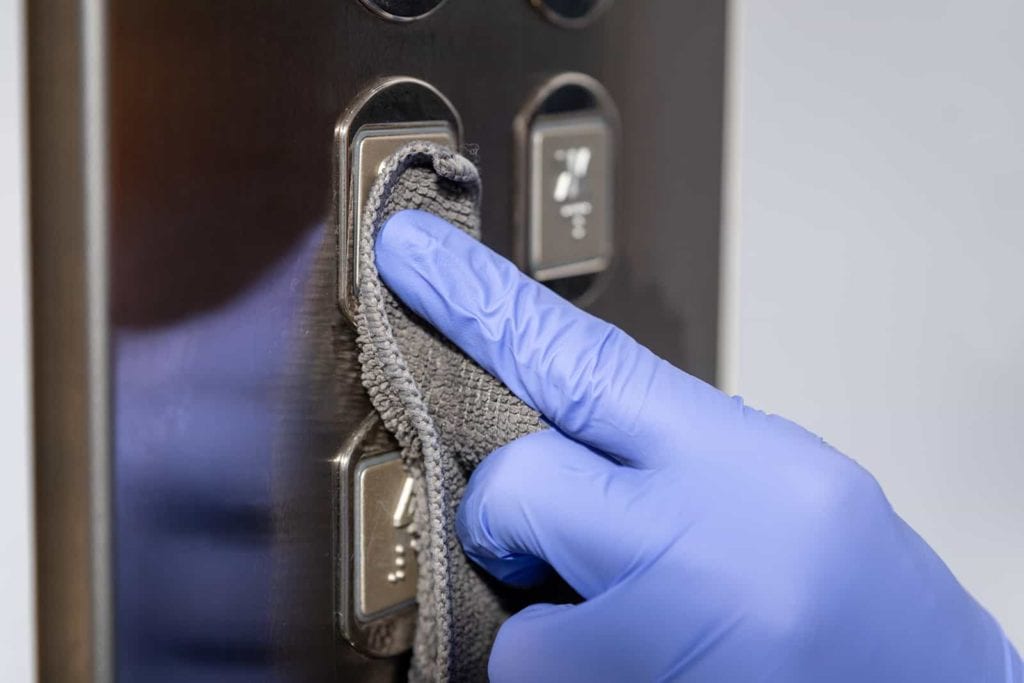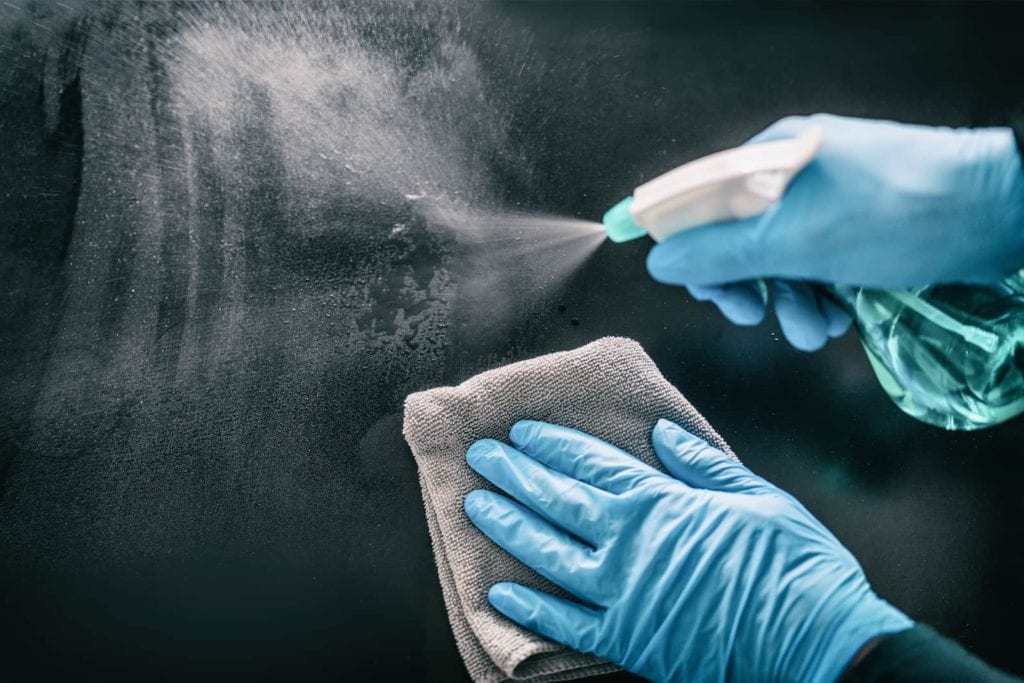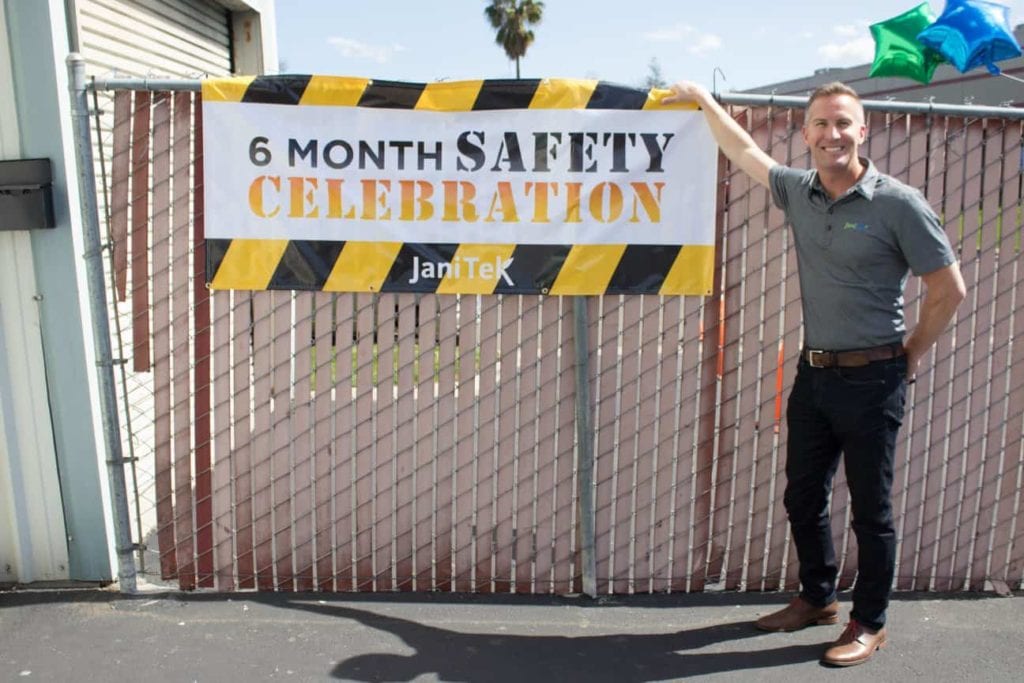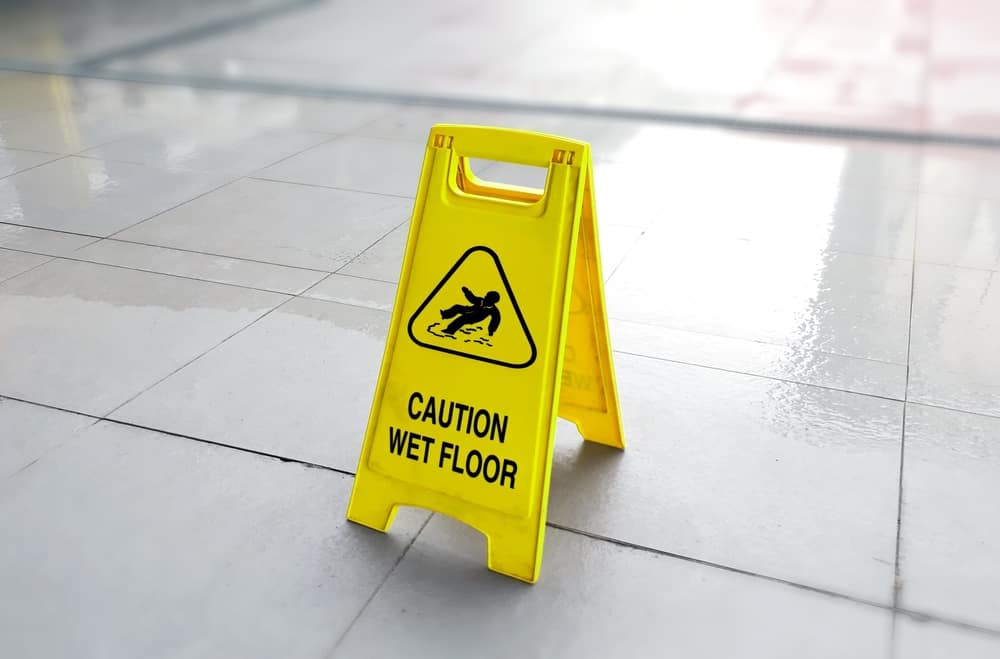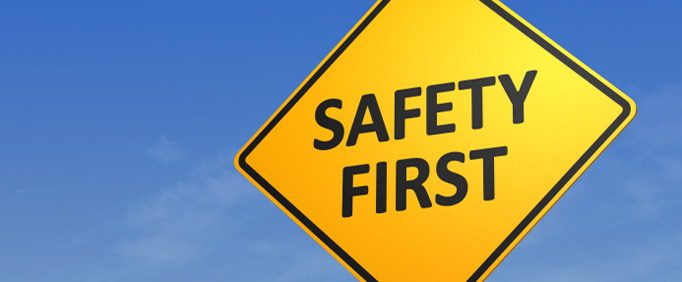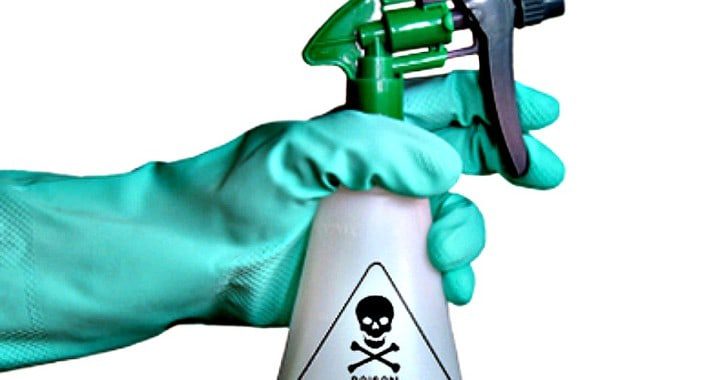 The Occupational Safety and Health Administration (OSHA) has revised its Hazard Communication Standard (HCS) to bring it into alignment with the United Nations’ Globally Harmonized System of Classification and Labeling of Chemicals (GHS). The revision will provide a consistent and unified method of organizing chemicals into classifications and communicating hazard information on labels and safety data sheets. The changes will make labeling more clear and understandable for workers hopefully resulting in increased awareness of hazards and safer handling of hazardous chemicals.
The Occupational Safety and Health Administration (OSHA) has revised its Hazard Communication Standard (HCS) to bring it into alignment with the United Nations’ Globally Harmonized System of Classification and Labeling of Chemicals (GHS). The revision will provide a consistent and unified method of organizing chemicals into classifications and communicating hazard information on labels and safety data sheets. The changes will make labeling more clear and understandable for workers hopefully resulting in increased awareness of hazards and safer handling of hazardous chemicals.
Additionally, these changes will transition the previous HCS from a performance-oriented standard where labels and material safety data sheets were formatted into whatever format a company chose, into one where the labeling of chemicals follows a specified, previously-approved structure. Other benefits of the new HCS include reduced costs and trade barriers for American businesses that are involved in using, handling, or storing hazardous chemicals and must regularly update or alter their labels and safety data sheets.
Under the new revised standard, safety data sheets must now use a specified 16-section format providing detailed and complete information on a chemical. However, the most significant changes to the HCS have to do with new labeling standards. Chemical manufacturers, importers, and distributors will now be forced to label each container of hazardous chemicals with labels containing specific required information. Labels will now be required to display a harmonized signal word, a pictogram, a hazard statement for each hazard class and category, and finally a precautionary statement. They must also provide instructions on the handling of the chemical so that workers know how to protect themselves. The only other information required on a label under the new standard, which was also required under the old standard, is a product identifier (i.e. chemical name or code number) and the name, address, and telephone number of the responsible party. Supplementary information such as expiration dates or other information the label producer deems important or useful may also be added under a “supplementary” category if desired.
Overall, the new standard introduced by OSHA is set to improve the classification and labeling of hazardous chemicals. This more harmonized approach will undoubtedly provide further improvement to many American workplaces and increase safety.
